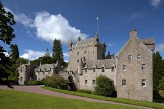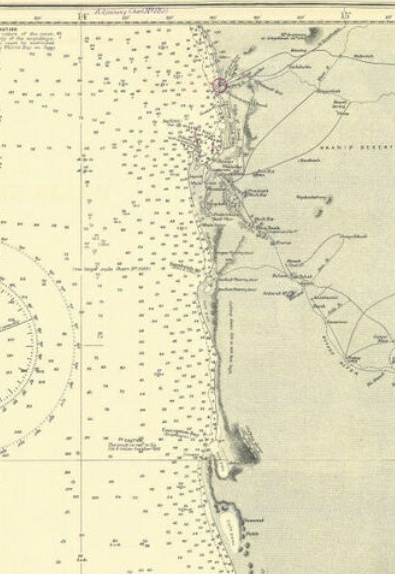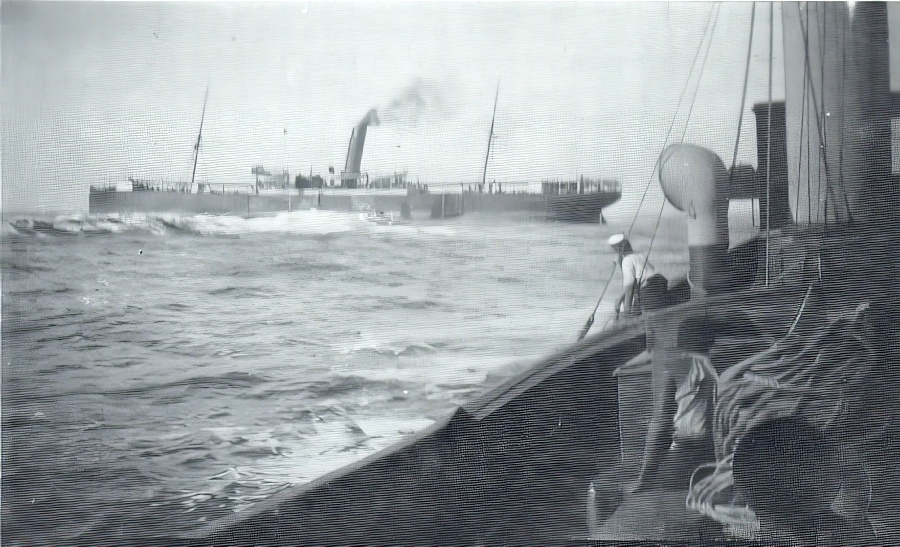

Master |
From |
To |
|
D Samuel |
1/1902 |
12/1904 |
|
H Strong |
5/1905 |
11/1905 |
|
J Culverwell |
2/1906 |
10/1906 |
|
E Mais |
9/1907 |
2/1909 |
|
E W Day |
3/1910 |
4/1913 |
|
J B Whitton |
6/1913 |
9/1913 |
|
E Mais |
9/1913 |
5/1914 |
|
H B Piers |
2/1914 |
8/1918 |
|
C R Bickford |
2/1917 |
3/1917 |
|
G Owens |
8/1918 |
11/1919 |
|
Sir B Chave |
1/1920 |
6/1920 |
|
C R Purse |
7/1920 |
11/1922 |
|
J H Kerbey |
3/1921 |
4/1921 |
|
C E Mumford |
5/1924 |
1/1925 |
|
W A Swiney |
3/1925 |
6/1926 |
|
J Attwood |
6/1926 |
7/1926 |




|
Vessel |
Built |
Tonnage |
Official No |
Ship Builder |
Engine Builder |
Engine Type |
HP |
Screws |
|
Cawdor Castle |
1902 |
6235 |
114823 |
Barclay Curle Glasgow |
Barclay Curle Glasgow |
2 x Triple Expansion Steam |
3400 IHP |
2 |




